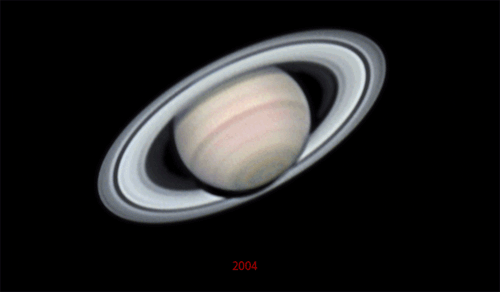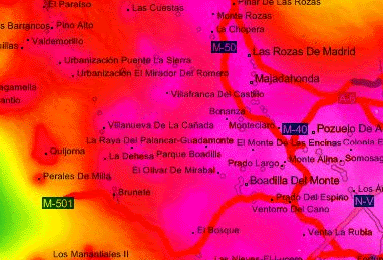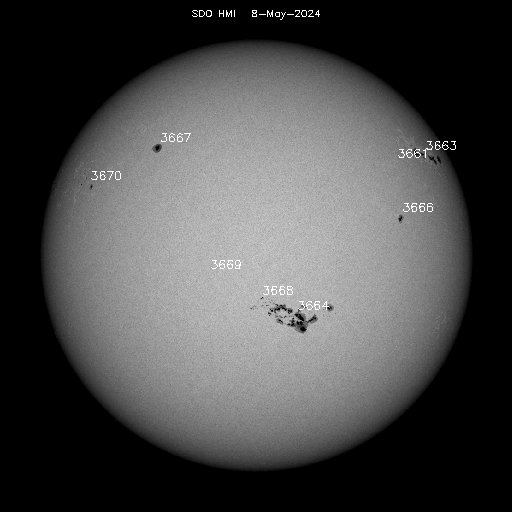The ESAC Astronomy Club invites to all the ESAC community to observe a Total Lunar Eclipse on Saturday 2007-Mar-03 starting at 21:30 with an introduction by Mark Kidger in B.4 of about 15 minutes (many thanks Mark for volunteering).
Then everyone will move to the hill of the former SATAN antenna. Many thanks to Antonio Castoldi and his team who prepared the site for these kind of events with electricity for the telescopes.
These are the eclipse details compiled by Mark Kidger:
- First contact with umbra : 22:30 CET, Moon's altitude 38 deg
- Totality starts : 23:44 CET, Moon's altitude 49 deg
- Mid-eclipse : 00:21 CET, Moon's altitude 53 deg, mag=1.24
- End of totality : 00:58 CET, Moon's altitude 55 deg
- Last contact with umbra : 02:12 CET, Moon's altitude 54 deg
A chart of the eclipse is in the previous post.
Weather permitting the following people will be present with their telescopes and/or binoculars:
- Carlos Alfageme
- Michel G. Breitfellner
- Manuel Castillo
- Ignacio de la Calle
- Pedro Gomez
- Rocio Guerra
- Leo Metcalfe
- Eduardo Ojero Pascual
- Eugenio Salguero
- Miguel Sanchez
- Antonio Talavera
- Carmen Morales Duran
The following scientific projects are suggested:
- Timing of contacts with umbra
- First and last visibility of penumbra
- Eclipse brightness estimate on Danjon scale
- Timing of occultation
- Estimate naked eye limiting magnitude at intervals during eclipse.
- Contact timings of prominent craters with the umbra.
People interested to participate, please contact Mark Kidger! If available, hand GPS's can be very interesting for accurate time capture.
In case of "doubtful" weather the ESAC Astronomy Club will publish a GO or NO GO decision on Saturday around 15:00 CET on its web page and blog.
If you want to bring your family or friends please send a short email to ESAC security with copy to Carlos Alfageme (ESAC Astronomy Club Secretary)
In case of "doubtful" weather the ESAC Astronomy Club will publish a GO or NO GO decision on Saturday around 15:00 CET on its web page and blog.
If you want to bring your family or friends please send a short email to ESAC security with copy to Carlos Alfageme (ESAC Astronomy Club Secretary)
Remember: At ESAC, during winter the temperature can rapidly fall past freezing in a matter of hours. Therefore it is essential to bring plenty of layers of warm clothes like when you go to the mountain. It is very important to cover your head but include thermal underwear, a parka, and gloves for the night. Dress warmly from the beginning of the evening. Once the body gets cold, it is hard to get the body temperature back to a comfortable level.









